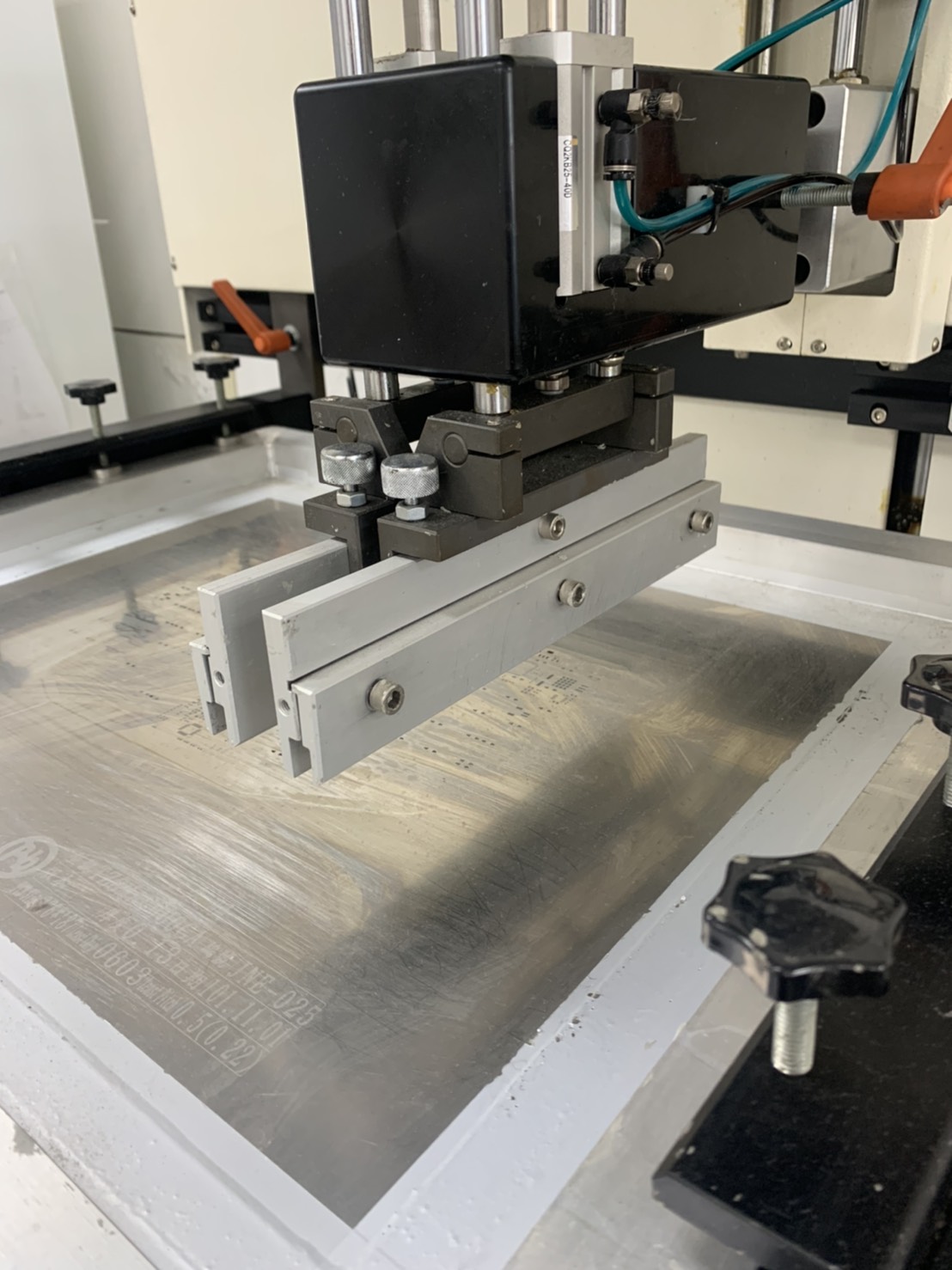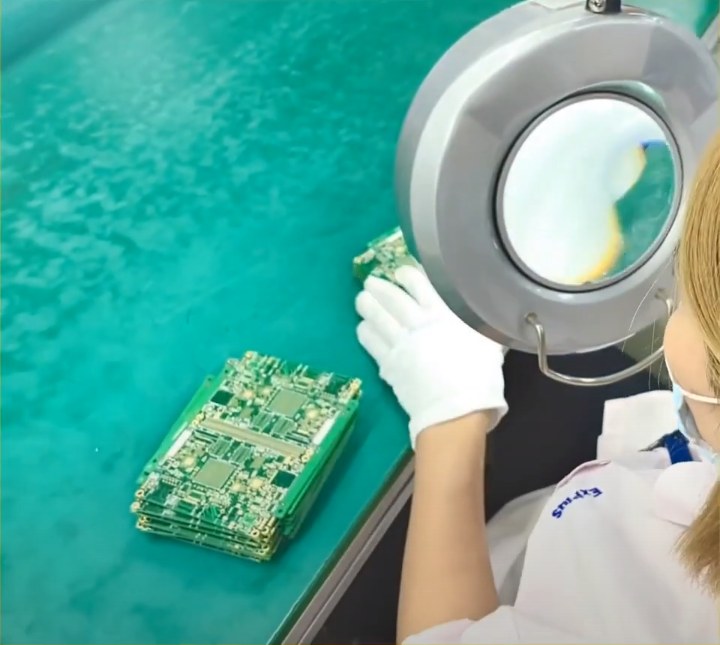- Home
- PCBA
PCBA Manufacturing Process Flow

- 01. Solder paste printing
- 02. Feeding
- 03. Placement
- 04. Reflow
- 05. AOI
- 06. Visual Inspection
The solder paste is uniformly printed on the PCB surface through the stencil.
The first step of PCB assembly is to accurately deposit the correct amount of solder paste onto each of the pads to be soldered. We achieve this by screen-printing the solder paste through a stencil. The machine spreads the paste across the stencil, applying it evenly to every open area. After removing the stencil, the solder paste remains in the intended locations.

Collect the components and load into feeder for following SMT process.
Prepare the surface mount components, or SMDs which will later be assembled onto the PCBs. Pack them in ways such as on reels, in tubes or in trays, and then load into the feeding machine. The feeder will placed the components on top of the solder paste in preprogrammed location.
The Feeder picks up the components and places them on the board at a specific location.
After applying the solder paste to the PCBs, it will moved on to the feeding machine. Each component is picked from its package using with either vacuum or gripper nozzle and placed in the programed location on the PCBs. These components will be soldered to the surface of the board in the next step of PCBA process.
The circuit board with the components will be soldered with the components through a reflow oven.
Once all component placement have done, the PCB assembly moves into the reflow soldering machine. The entire assembly is subjected to controlled heat. The solder paste reflows in a molten state, creating permanent solder joints, after which the electrical components are attached to their contact pads.
Check PCB assembly results via automated optical machine.
After reflow process, the assembled circuit board will be inspected by automated optical machine (AOI) for solder joint quality.
Conduct the visual inspection to ensure there will be no defect leakage.
The last part of the SMT process is to go through a visual inspection to ensure that there will be no defect leakage.



